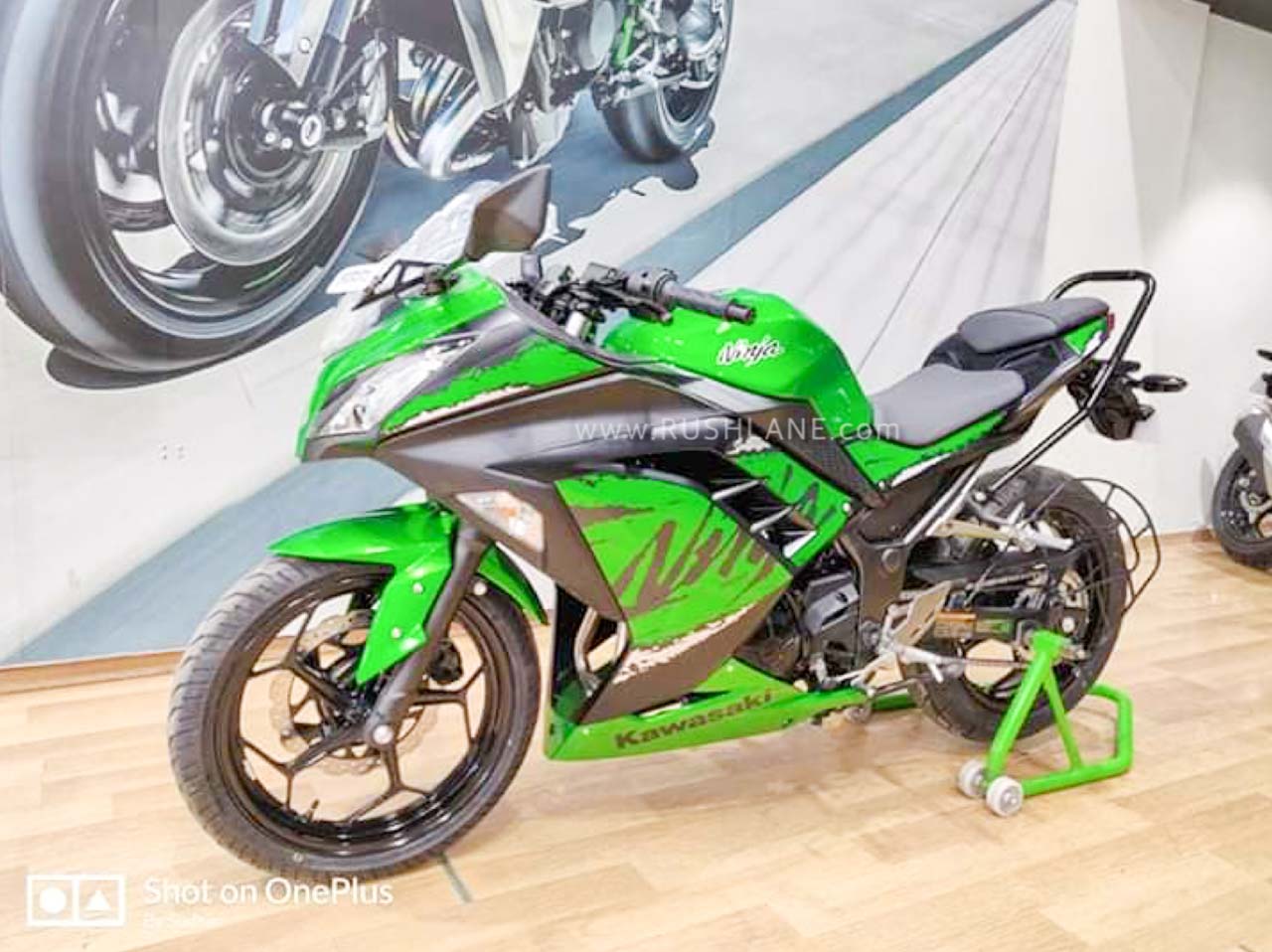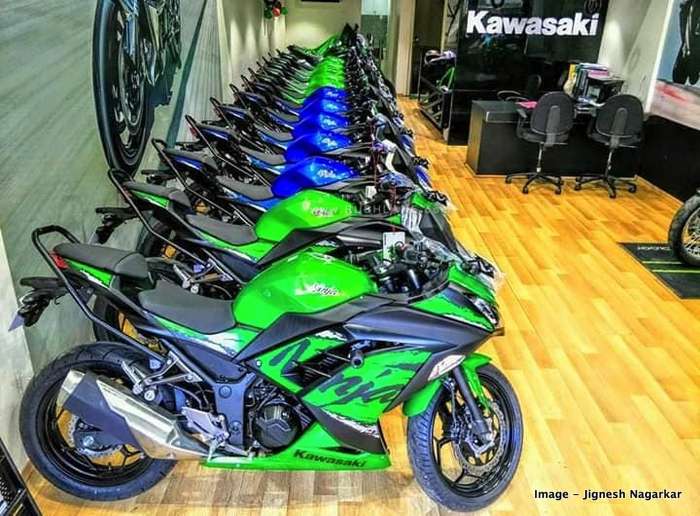
The entry-level sports motorcycle from the Japanese brand bid farewell to its assembly line back in October 2019; and the ones currently available for purchase are the existing stocks left with dealerships.
The Kawasaki Ninja 300 is still in its BS4 avatar and the company has not shared anything regarding a BS6 update. In fact, the Ninja 300 was supposed to be replaced by the newer Ninja 400, which was launched back in August 2018 and has a current price tag of almost Rs 5 lakh ex-showroom.
However, market demands made Kawasaki consider the continuation of the Ninja 300 (which costs around Rs 3 lakh ex-showroom) alongside the likes of the Ninja 400. India is one of the very few markets in the world where the Ninja 300 is still available.

A few sources suggest that the discontinuation is temporary until the brand introduces its BS6 model, by early-2020; with better styling in line with the latest of Kawasaki’s Sugomi design philosophy. One of the main highlights of the Kawasaki Ninja 300 is its heavy localisation that resulted in a cut of almost Rs 60,000 from the initial asking price.
With BS6-update, prices might go up by around Rs 10,000-15,000 from the current ex-showroom figure. On the higher of Kawasaki’s Indian portfolio, BS6 implementation has resulted in substantial price hikes in popular models such as the Z650 and Z900. However, the company has tried its best to cover the impact by introducing a few improvements to various visual and mechanical components.
Upgrading to BS6 emission norms often come at the cost of reduced engine output since a lot of rework is required in the fuelling and exhaust systems. However, the variations are often negligible in the case of bigger-capacity motorcycles.
In the current BS4 format, the Ninja 300 is powered by a 296cc liquid-cooled twin-cylinder engine that makes 39bhp and 28Nm of torque. On the other hand, the Kawasaki Ninja 400 produces 47.5bhp and 38Nm from its 399cc twin-cylinder motor. Both engines are mated to a 6-speed transmission.
The entry-level Kawasaki product mainly rivals the Yamaha YZF-R3, which is also a parallel-twin faired sports bike. However, a large chunk of its market is dominated by the likes of the KTM 390 range which produces around 43bhp and 37Nm from a single-cylinder power plant, thus offering much more value for money in terms of performance and maintenance.

